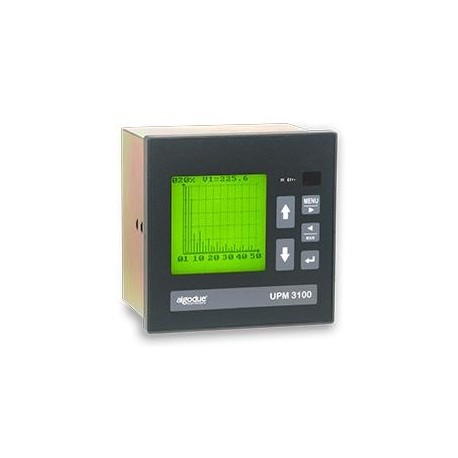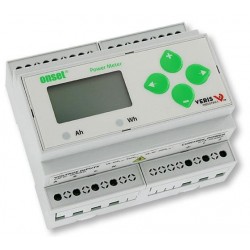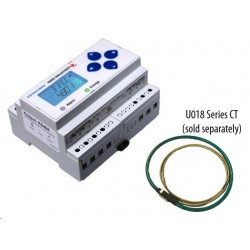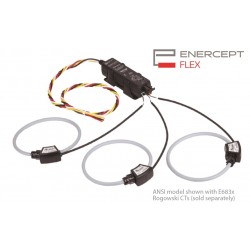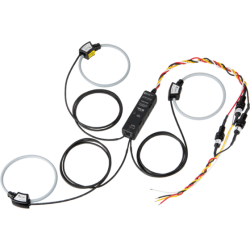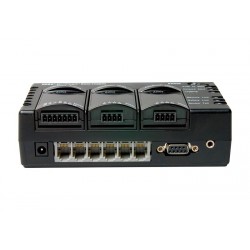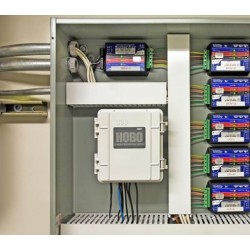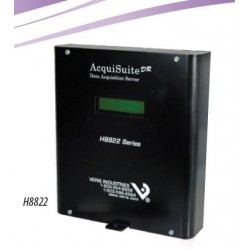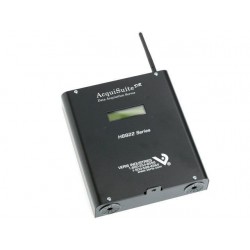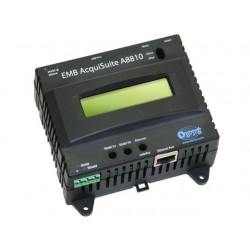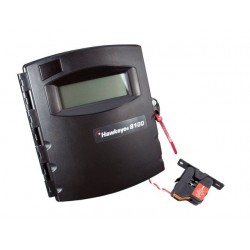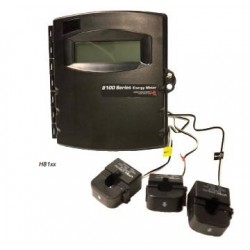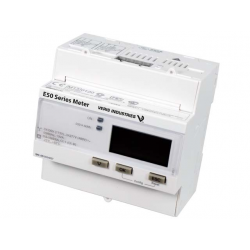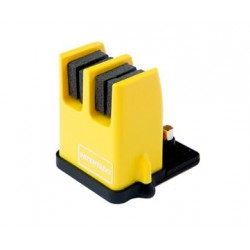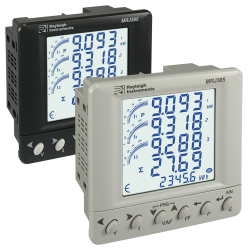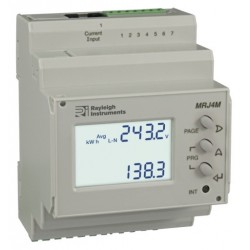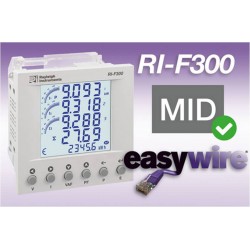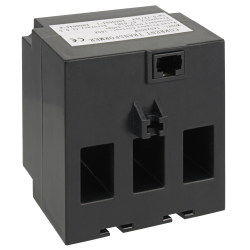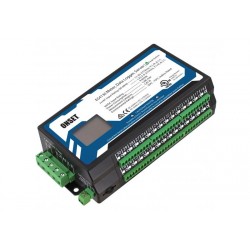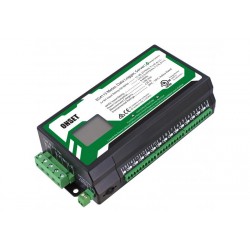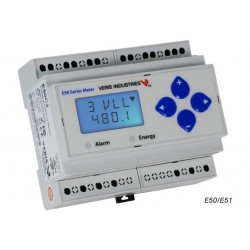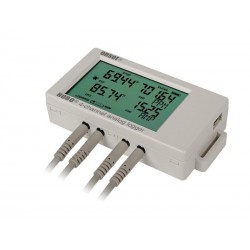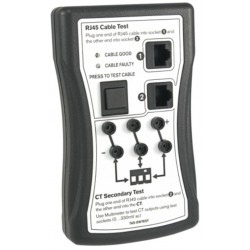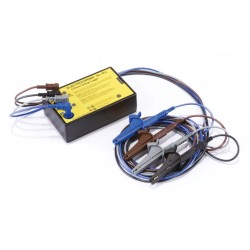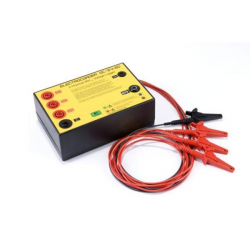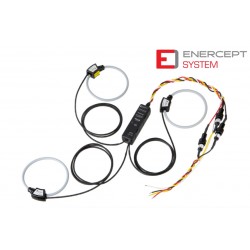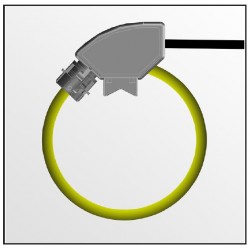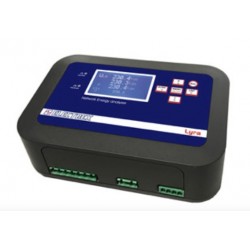No products
Prices are tax excluded
Product successfully added to your shopping cart
There are 0 items in your cart. There is 1 item in your cart.
UPM3100 LCD Power Meter (DIN 144x144)
UPM3100
New
DISCONTINUED
Applications
- Switchboards, gensets, motor control centers, etc.
- Power monitoring & control systems
- Individual machine load monitoring
- Power demand analysis and management
- Harmonics monitoring
- Remote metering and cost allocation
- Motor inrush current studies
"
- Consulta este producto
- Remove this product from my favorite's list.
- Add this product to my list of favorites.
| The Sensor measures: | AC Current |
| Output Signal: | RS485 - RS232 |
| Power Supply: | from the AC network |
| Sensor IP Rating | IP54 (front panel); IP20 (terminals) |
- Highly sofisticated power meter providing advanced functionality features
- Large graphic LCD display with excellent visibility
- Up to four plug-in options
- Infrared communication port
- THD even, odd and individual FFT harmonic analysis up to 50th order
- Power and current demand calculation
- On-board memory up to 2 MB
- Up to 10 programmable recordings with different start and stop time
- Event and alarm recording, sags and swells, waveform capture, waveform display, phasor diagrams, hystorical trending, TOU and more...
- Accuracy according to EN62053 (ex EN61036)
- Three-phase 3-wire or 4-wire unbalanced load operation, bi-phase and single-phase.
- Direct measurement up to 600 (750) VAC.
- Programmable 1A / 5A current full scale.
- Fully bi-directional, four-quadrant readings. 10 energy counters are available, the apparent power/energy is splitted in four counters: import lagging, import leading, export lagging, export leading.
- Volts, Amps, Power, PF, Frequency, Energy, Min/Max values, Demand, Harmonics, etc. The full version instrument provides more than 600 measured/calculated parameters and shows on the LCD more than 30 graphical pages.
- Individual & total harmonic distortion for voltage and current up to the 50th order. The harmonic content is represented like even, odd and total.
- CPU2 option - the co-processor board perfoms the simultaneous high-resolution sampling of voltage and current, allowing the cycle-by-cycle power analysis for 50/60 Hz lines. The CPU2 board supports different application like: VDROP, VMAX, WCAP... (see below). The instrument with CPU2 board performs at the same time the wattmeter functions, the harmonic analysis, the basic recording function and the selected cycle-by-cycle power analysis function.
- VDROP option - sags & swells detection on L-N voltages with half cycle resolution (10ms @ 50Hz). Pre- and post-trigger logging (100+100 half cycles RMS values). The detected events are recorded. This data is viewed on the PC according EN50160 standard.
- VMAX option - two functions are selectable: VDROP (previous paragraph) and Min/Avg/Max values calculation and recording with one cycle resolution (20ms @ 50Hz). This function allows to record up to 10 parameters selected among voltage, current, power, PF and frequency. The data is viewed on the PC according EN50160 standard.
- WCAP option - advanced waveform capture function o currents and L-N voltages. In case of single trigger the threshold mode is programmable as voltage or current; in dual trigger the threshold mode is fixed including both parameters (voltage¤t), allowing the waveform capture in case threshold overcoming both for voltage and current.
- The instrument can store up to 10 + 200 waveforms before and after a threshold overcome, with a resolution from 8 to 32 samples (depending on the number of waveforms). The WCAP option includes a second selectable function: Min/Avg/Max values calculation and recording (see previous paragraph).
- 2 MB non-volatile memory for data storage.
- Up to 10 programmable recordings with different start and stop time. Different type of recordings can be chosen:
- import/export active, reactive and apparent power demand with programmable average time.
- instantaneous read values selected between the main parameters. The recording interval time is programmable between 1 and 9999 seconds.
- instantaneous min/max values measured during the recording interval time. The recording interval time is programmable between 1 and 9999 minutes.
- voltage and current harmonic values measured during the recording interval time. The recording interval time is programmable from 1 to 60 minutes. - Time-of-Use (TOU) programmable data recording. The TOU function stores the energy consumption in different registers according the programmed time-scheme. A group of 120 registers give the situation of the previous and present day, and of the previous and present month. This feature is designed to fit different tariff structures. It’s possible to program up to 10 daily tariff schedules containing up to 3 tariffs and 8 tariff changes. Each schedule can be assigned to the days of the week and months as requested. Up to 20 holidays can be assigned to the lowest tariff. A diagnostic algorithm checks and notifies any setup overlapping.
- Event, alarm and digital outputs ON/OFF recording. The instrument records the status change of 8 programmable set points, the digital outputs ON/OFF and the instrument supply ON/OFF. All the events are integrated by date and time reference.
- The CPU2 option includes 1 MB non-volatile data memory. Depending on the CPU2 configuration the following information (already described in the “Power quality” paragraph) can be recorded:
- sags and swells events (VDROP option). The occurring dips and overvoltage over a programmable threshold are detected and the instrument records the date and time of the event, the lenght and the RMS value of 100+100 half-cycles before and after the event.
- min / avg / max values of the main measured parameters with continuous sampling and 1 cycle minimum resolution for RMS calculation. The resolution is programmable between 1 and 99 cycles to simulate the recorder response time as needed. The programmable average time defines the time interval between recordings.
- more than 200 waveforms when a programmable --threshold is overcome (WCAP option). The instrument records up to 10 + 200 waves before and after the trigger, with the time reference. The resolution is programmable from 8 to 32 samples / cycle.
- Four slots for plug-in options boards.
- Both RS232 and RS485 included in the basic unit. The selection is made by dip-switches.
- MODBUS or A2 ASCII protocol.
- Communication speed programmable up to 57600 bps.
- Optional 10/100 Ethernet, Profibus or Lonbus interfaces.
- On-board HTML web page server or direct communication through Ethernet / Internet network using MODBUS or A2 ASCII protocol.
- Up to 6 digital outputs for energy pulsing or for alarm tripping. Two digital optomos ML outputs are included in the basic unit.
- Up to 4 analog outputs 0-20 or 4-20 mA.
- Real time clock with battery backup.
- Calculation of capacitor bank value for PF compensation.
- Five alpha-numeric characters password to avoid unauthorized setup access.
Power supply
Rated voltage: 65÷250 VAC / 90÷250 VDC
a richiesta 19÷60 VDC
Consumption: 5 VA max
Voltage inputs
Maximum measurable voltage: 600 (750) VAC max L-L
Input impedance: ›1.3 MOhm
Burden: max 0,15 VA per phase
Frequency: 45 - 65 Hz
Current inputs
Rated current (Ib): 1 / 5 ARMS programmable
Min / max measurable current: 20 mA / 7 ARMS
Maximum overload: 10 ARMS continuous - 100 ARMS for 1 sec.
Input impedance: 0.02 Ohm 0,02 Ohm approximately
Burden: max 0,5 VA per phase
Insulation voltage: 150 VAC max between phases
Typical accuracy
Voltage: ±0.1% reading ±0.03% full scale
Current: ±0.1% reading ±0.05% full scale
Active power: ±0.5% reading ±0.1% full scale (PF=1)
Power factor: 1% reading (0.5 inductive - 0.8 capacitive)
Active energy: 1% reading (0.5 inductive - 0.8 capacitive)
Frequency: ±0.05% reading ±2 digits from 45 to 65 Hz
Display and operating controls
Display: backlighted graphic LCD display
160 x 144 dots
Keypad: 5 push-buttons
Data memory
Type: on-board non-volatile FLASH, 128 kB or 2 MB
Communication port
Type: 1 selectable RS232 or RS485, optoisolated
1 infrared port on the front panel
1 available for plug-in comm. boards
Baud Rate: programmable from 300 to 57600 bps
Real time clock
Type: with battery backup
Accuracy: ± 30 ppm
Digital outputs
Type: 2 isolated optomos (50V - 300mAAC-DC)
Environmental conditions
Operating temperature: from -15°C to +60°C
Storage temperature: from -25°C to +75°C
Relative humidity: 80% max. without condensation
Mechanical characteristics
Material: metal enclosure
Protection degree: IP54 (front panel); IP20 (terminals)
Terminals: standard pluggable terminals (EU)
barrier terminal strips (USA)
Size / weight: 144x144x95 mm / 750 gr
Standards compliance
Safety: 73/23/EEC, 93/68/EEC directives, EN61010.1
EMC: 89/366/EEC directive and following modifications 93/31/EEC and 93/68/EEC, EN50081-2, EN50082-2, EN61326/A1

